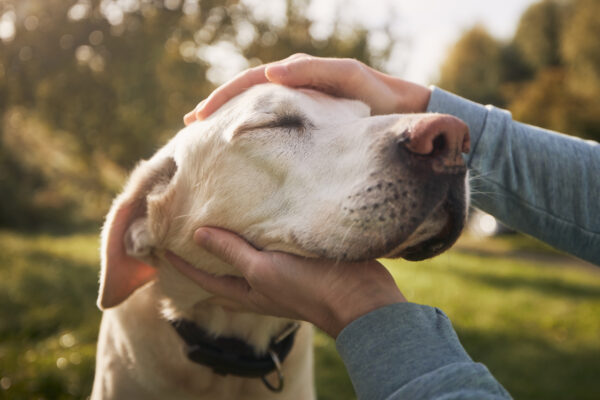The bond between humans and dogs is a remarkable testament to the power of companionship. For centuries, these loyal animals have served as guardians, workers, and friends, enriching our lives in innumerable ways. However, the profound connection we share with our canine companions would not be complete without an understanding of their unique language. By learning how to interpret the behaviors and expressions of dogs, we can better foster a harmonious and loving relationship.

Dogs, like humans, communicate through a combination of vocalizations and non-verbal cues. Barking, growling, whining, and howling are just some of the sounds that dogs use to express their emotions and needs. While barking can indicate excitement or anxiety, a low growl may signal discomfort or warning. It is paramount for dog owners to pay close attention to these vocalizations as they can provide critical insight into how a dog is feeling at any given moment.
However, it is often the subtler, non-verbal communication that plays a crucial role in a dog’s expression of love and affection. Body language is an integral part of how dogs signal their emotional states. For instance, a wagging tail can signify happiness; however, the position and speed of the wag can further refine this understanding. A tail held high and wagging briskly often indicates enthusiasm, while a slow wagging tail might suggest uncertainty. Similarly, a dog that approaches with a relaxed body posture and a soft gaze is typically showing trust and affection, whereas a stiff body and raised hackles can indicate fear or aggression.
Moreover, understanding a dog’s facial expressions is vital in interpreting their feelings. A relaxed mouth and soft eyes can denote comfort and contentment, while a grimace or raised lip can indicate displeasure or stress. Studies have even suggested that dogs are capable of mimicking human emotions, responding to their owners’ facial expressions with their own unique reactions. This intrinsic ability to empathize with human emotions further underscores the deep-seated connection between the two species.
In fostering a loving relationship with dogs, it is essential to cultivate a two-way communication channel. Positive reinforcement training methods can enhance this understanding; rewarding desirable behaviors strengthen the bond between dog and owner. Through consistent training, dogs learn to associate specific cues with actions and outcomes, which in turn facilitates a clearer interpretation of each other’s signals.
Additionally, spending quality time with one’s dog can significantly enhance mutual understanding. Activities such as walks, playtime, and socialization expose dogs to various stimuli, allowing them to express themselves in different contexts. In doing so, owners can observe and learn their dogs’ individual preferences and quirks, further enriching their communicative repertoire.
In conclusion, the language of love between humans and dogs is nuanced and complex. By recognizing and valuing the vocalizations, body language, and facial expressions of our canine companions, we create a foundation of mutual understanding and trust. This process not only strengthens the emotional bond we share but also enhances the overall well-being of both dog and owner. As we continue to learn the intricacies of canine communication, we honor the profound connection that has existed for millennia—a bond characterized by loyalty, love, and an unwavering companionship that transcends the barriers of language itself.